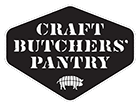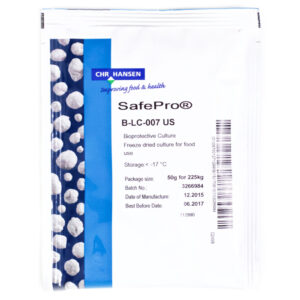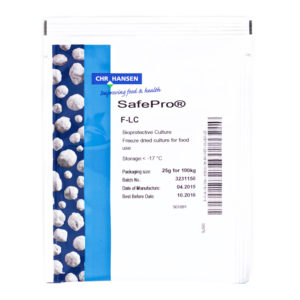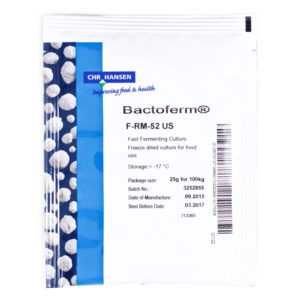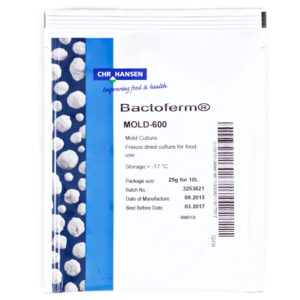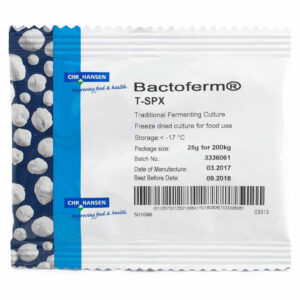WHAT IS PROTEOLYSIS, AND WHY IS IT IMPORTANT?
In the descriptions of these culture blends you will see the word “proteolytic” as a feature of a particular strain in the starter culture blend. What this means is that this particular strain of bacteria, yeast, or mold secretes natural enzymes that slowly breakdown the proteins in your meat to smaller chains. This process leads to the characteristic flavor in a fermented product, and is a precursor to further flavor development.
WHAT IS LIPOLYSIS, AND WHY IS IT IMPORTANT?
Another word you will see in the descriptions of these culture blends is “lipolytic” as a feature of a particular strain in the blend. What this means is that the particular strain of bacteria, yeast, or mold secretes natural enzymes that slowly breakdown the fat in your fermented product to smaller fatty acid chains. Again, this process leads to the characteristic flavor and mouthfeel in a fermented product, and is a precursor to further flavor development. This process also softens the fat in the finished product leading to a creamier mouth-coating experience.
WHAT IS NITRATE REDUCTASE ACTIVITY?
You will also see in the descriptions that particular strains of bacteria are active for nitrate reductase. If you ever see a word with the suffix “ase” it is an enzyme. This enzyme is secreted by the bacteria, and enzymatically causes the reduction of the nitrate in your cure of choice to nitrite. This is very important for any saltpeter (potassium nitrate) users out there, because it is not the nitrate that gives your product the food safety and color one associates with cured meats; but it is the nitrite. This same process occurs with Cure #2 as well, and the added activity these strains of bacteria give cause this enzymatic activity to occur. This activity is natural, desired, and perfectly safe!
